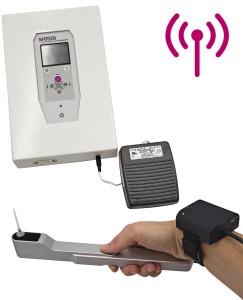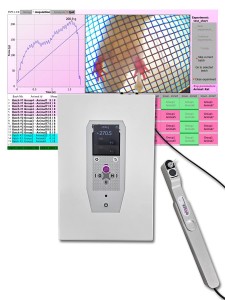Authors
Laura Mòdol, Daniel Santos, Stefano Cobianchi, Francisco González-Pérez, Víctor López-Alvarez, and Xavier Navarro
Lab
Institute of Neurosciences and Department of Cell Biology, Physiology and Immunology, Universitat Autònoma de Barcelona, and Centro de Investigación Biomédica en Red sobre Enfermedades Neurodegenerativas, Bellaterra, Spain
Journal
J Neurosci.
Abstract
After peripheral nerve injury, axons are able to regenerate, although specific sensory reinnervation and functional recovery are usually worse for large myelinated than for small sensory axons. The mechanisms that mediate the regeneration of different sensory neuron subpopulations are poorly known. The Na+-K+-Cl? cotransporter 1 (NKCC1) is particularly relevant in setting the intracellular chloride concentration. After axotomy, increased NKCC1 phosphorylation has been reported to be important for neurite outgrowth of sensory neurons; however, the mechanisms underlying its effects are still unknown. In the present study we used in vitro and in vivo models to assess the differential effects of blocking NKCC1 activity on the regeneration of different types of dorsal root ganglia (DRGs) neurons after sciatic nerve injury in the rat. We observed that blocking NKCC1 activity by bumetanide administration induces a selective effect on neurite outgrowth and regeneration of myelinated fibers without affecting unmyelinated DRG neurons. To further study the mechanism underlying NKCC1 effects, we also assessed the changes in mitogen-activated protein kinase (MAPK) signaling under NKCC1 modulation. The inhibition of NKCC1 activity in vitro and in vivo modified pJNK1/2/3 expression in DRG neurons. Together, our study identifies a mechanism selectively contributing to myelinated axon regeneration, and point out the role of Cl? modulation in DRG neuron regeneration and in the activation of MAPKs, particularly those belonging to the JNK family.
BIOSEB Instruments Used
Electronic Von Frey 4 (BIO-EVF4),Electronic Von Frey 5 with embedded camera (BIO-EVF5)
Source :

 Douleur - Allodynie/Hyperalgésie Thermique
Douleur - Allodynie/Hyperalgésie Thermique Douleur - Spontanée - Déficit de Posture
Douleur - Spontanée - Déficit de Posture Douleur - Allodynie/Hyperalgésie Mécanique
Douleur - Allodynie/Hyperalgésie Mécanique Apprentissage/Mémoire - Attention - Addiction
Apprentissage/Mémoire - Attention - Addiction Physiologie & Recherche Respiratoire
Physiologie & Recherche Respiratoire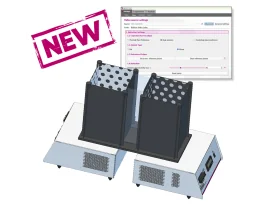











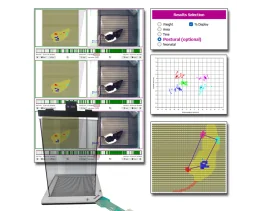














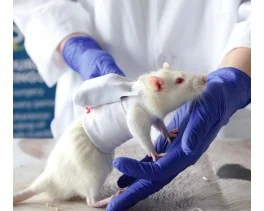









 Douleur
Douleur Système Nerveux Central (SNC)
Système Nerveux Central (SNC)  Neurodégénérescence
Neurodégénérescence Système sensoriel
Système sensoriel Système moteur
Système moteur Troubles de l'humeur
Troubles de l'humeur Autres pathologies
Autres pathologies Système musculaire
Système musculaire Articulations
Articulations Métabolisme
Métabolisme Thématiques transversales
Thématiques transversales Congrès & Meetings
Congrès & Meetings 